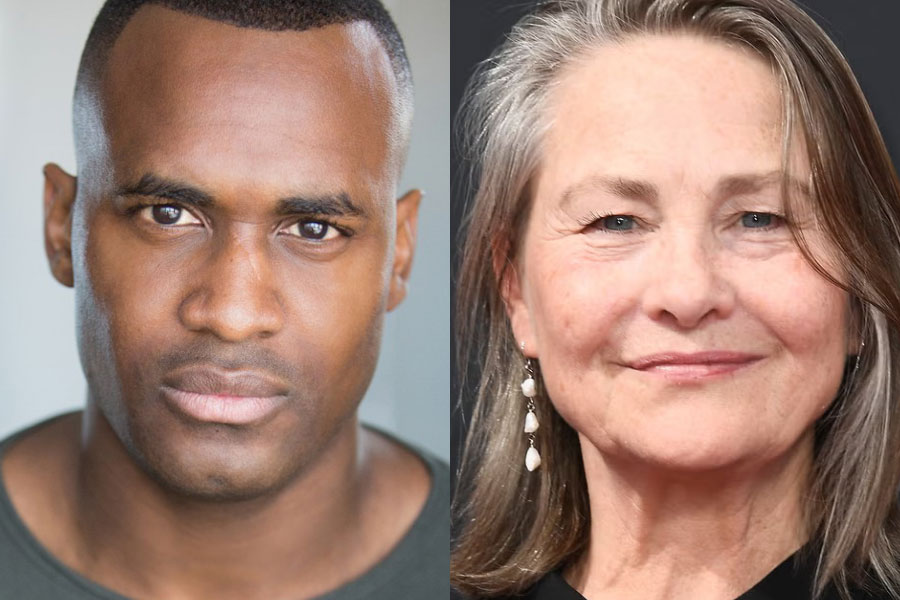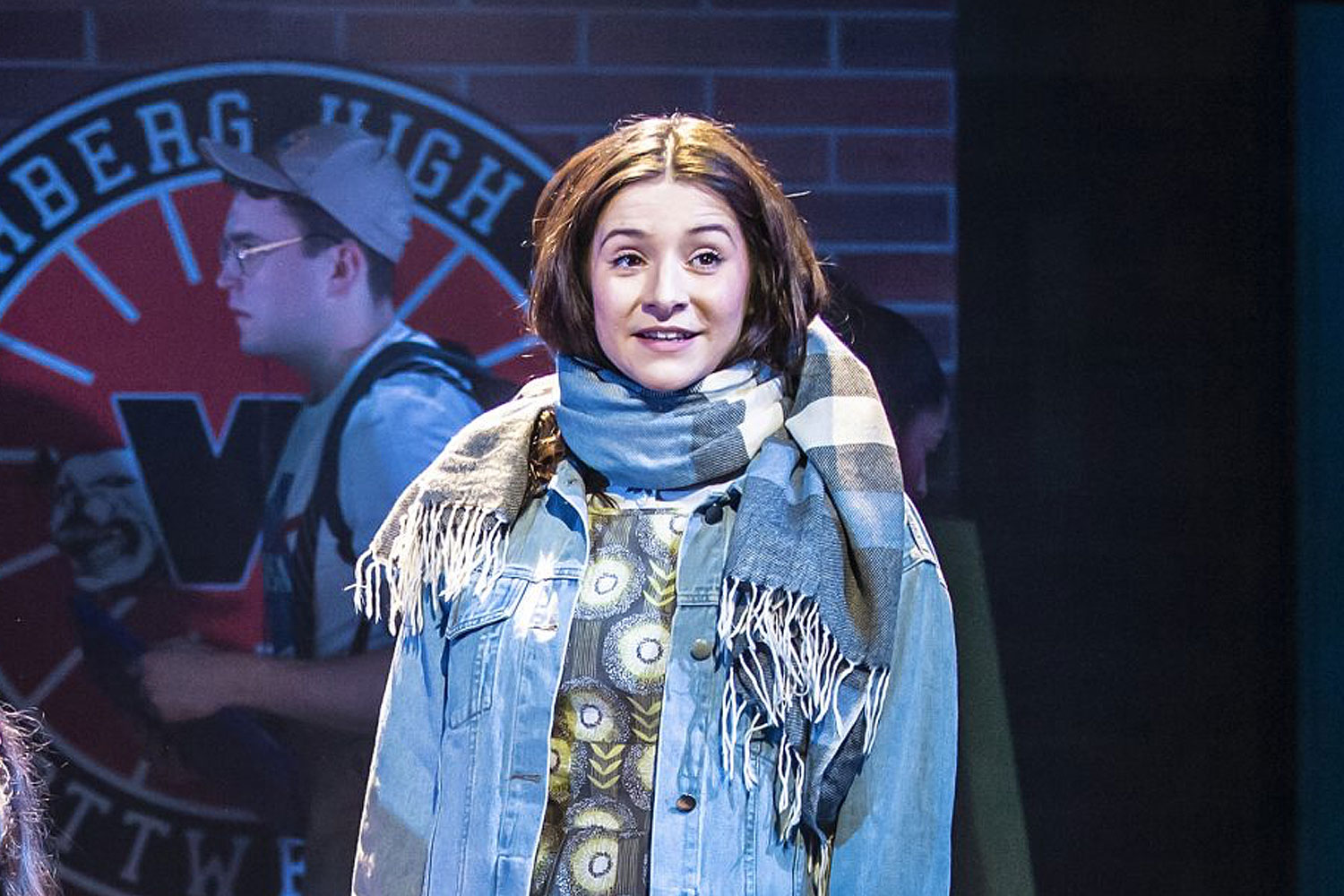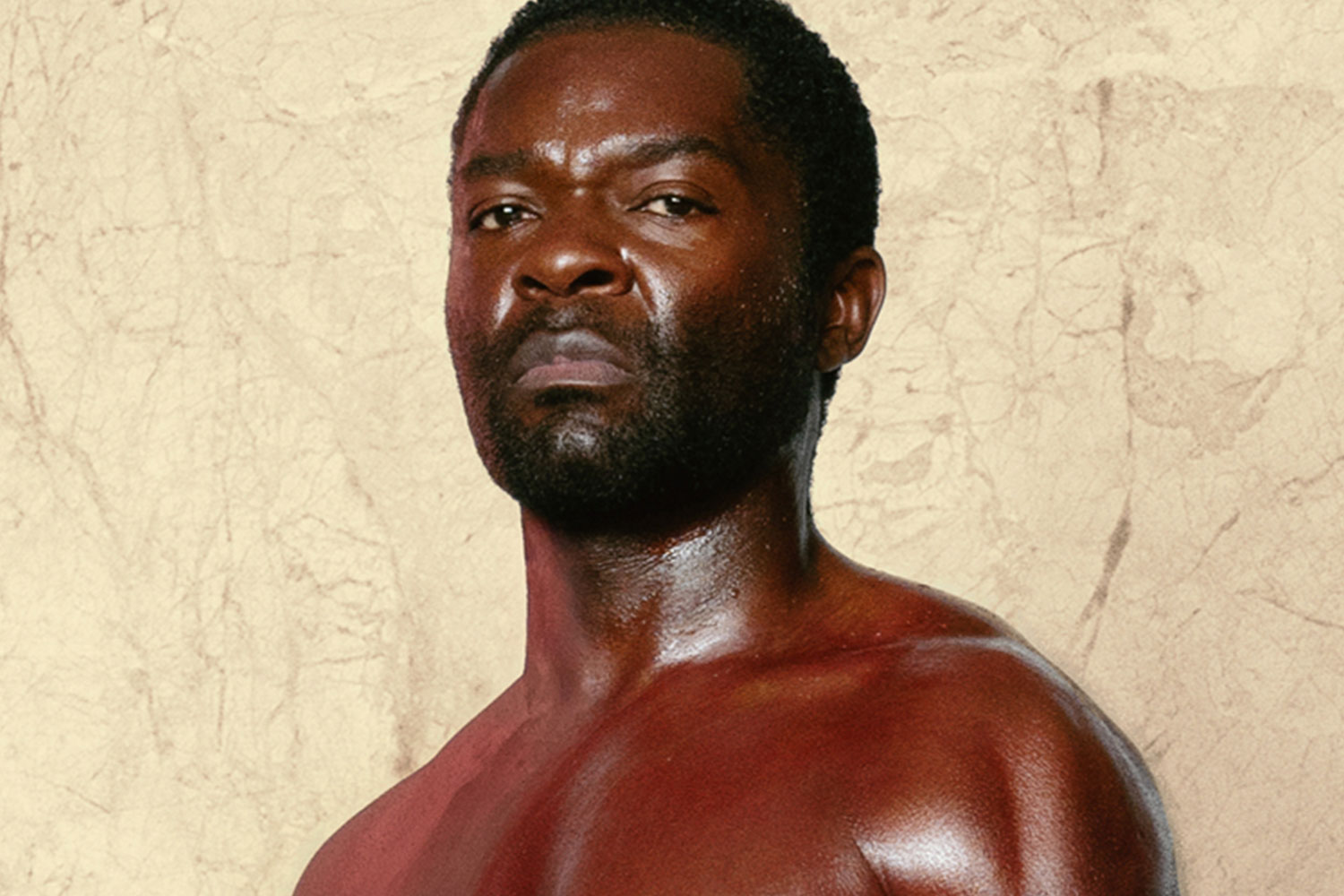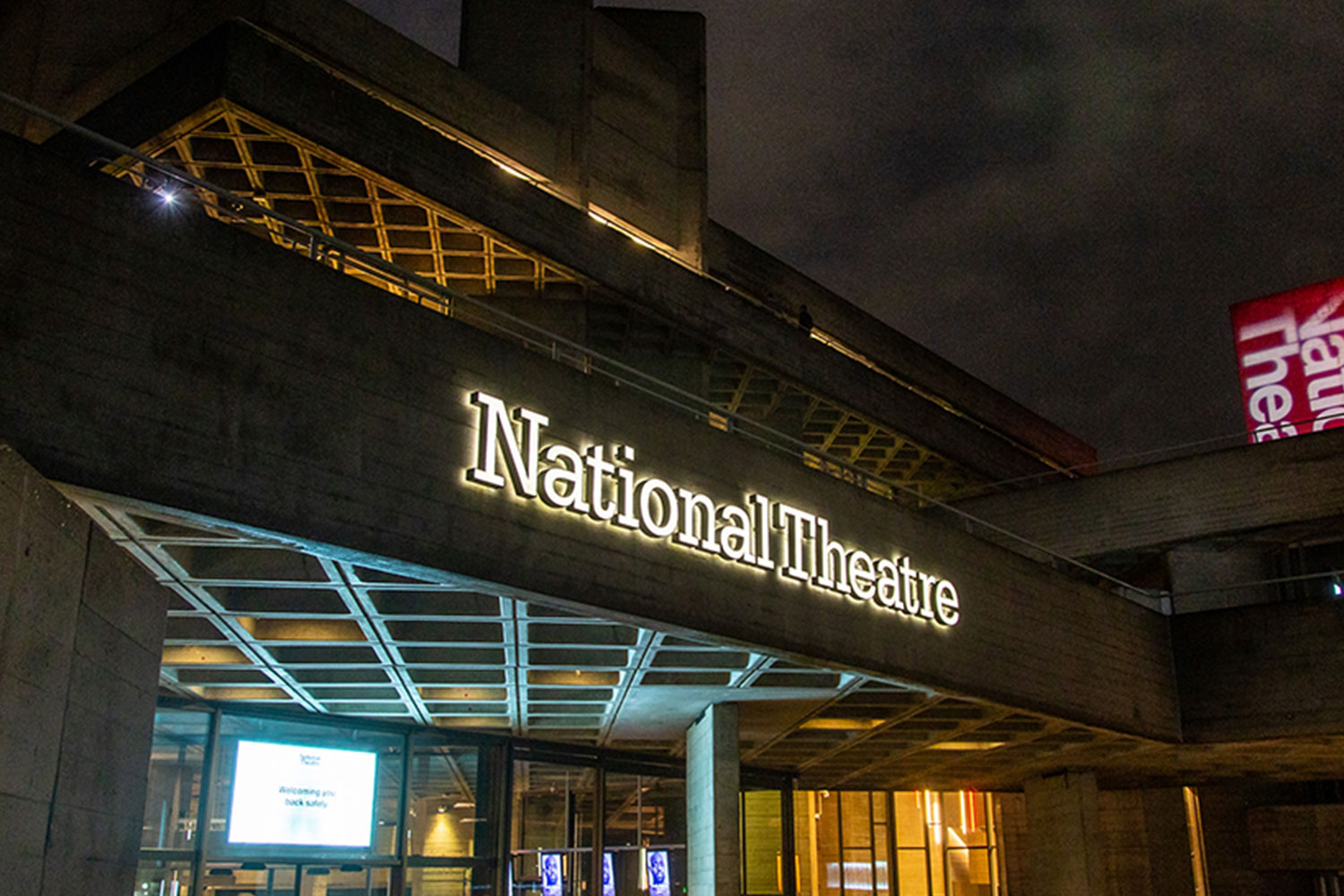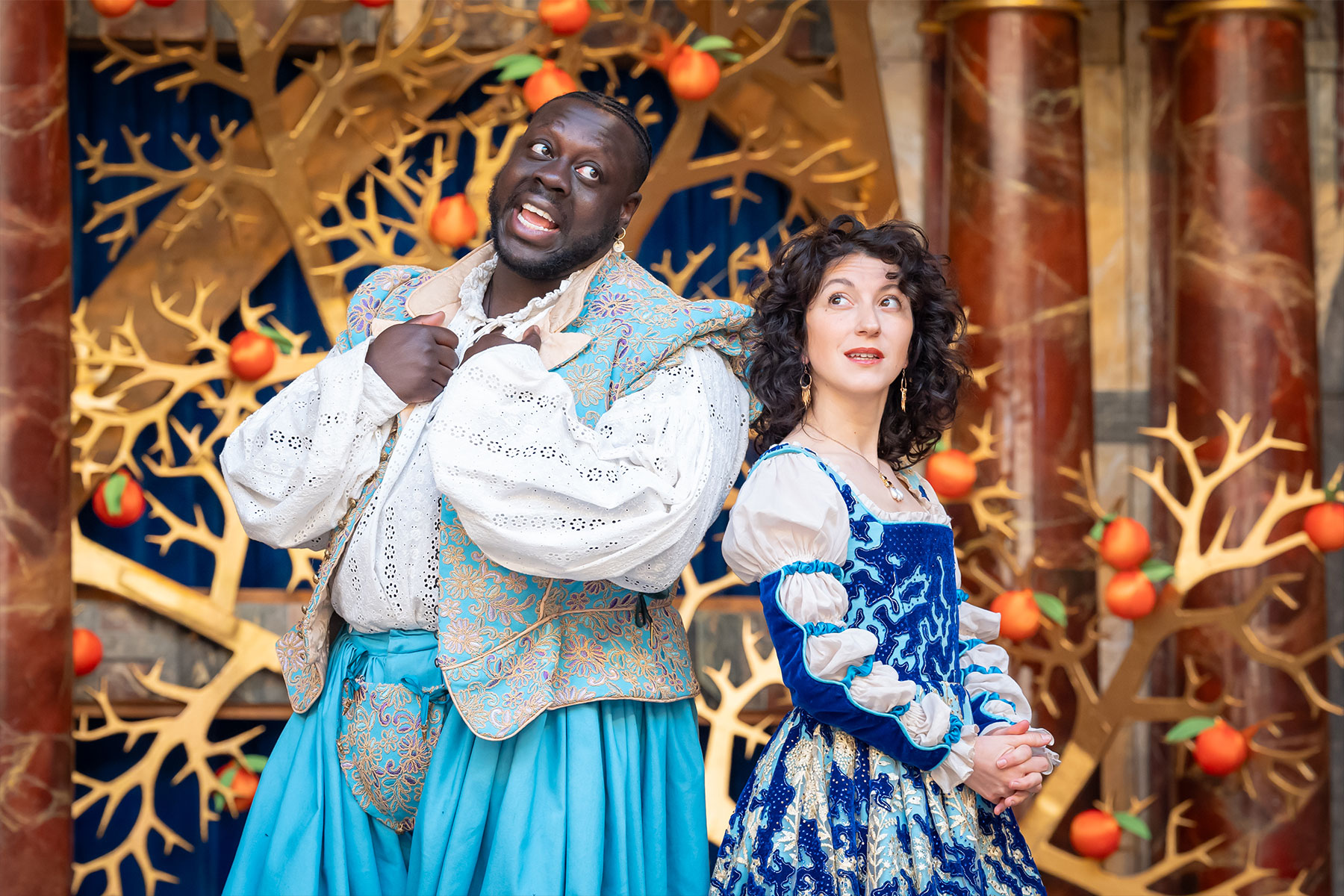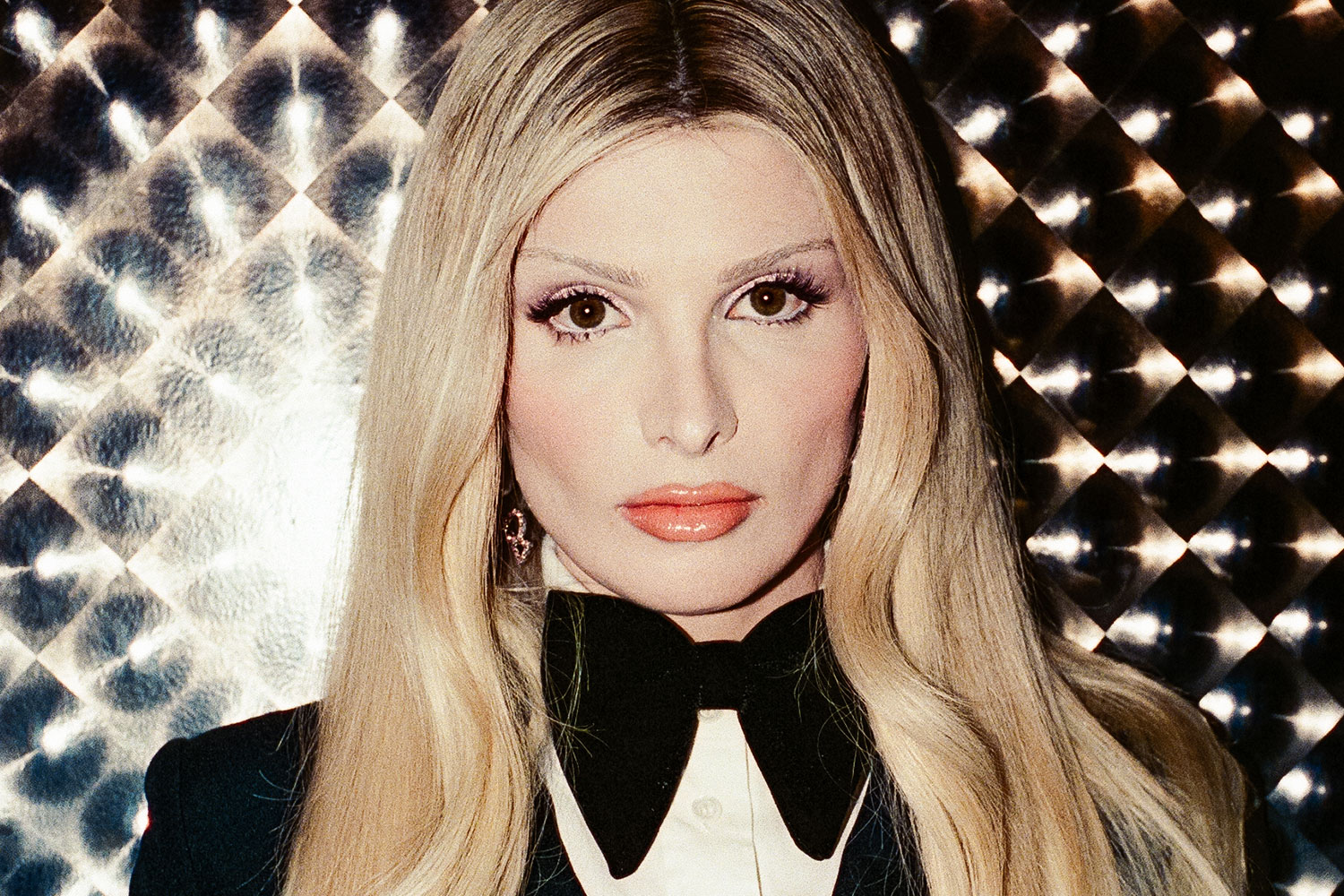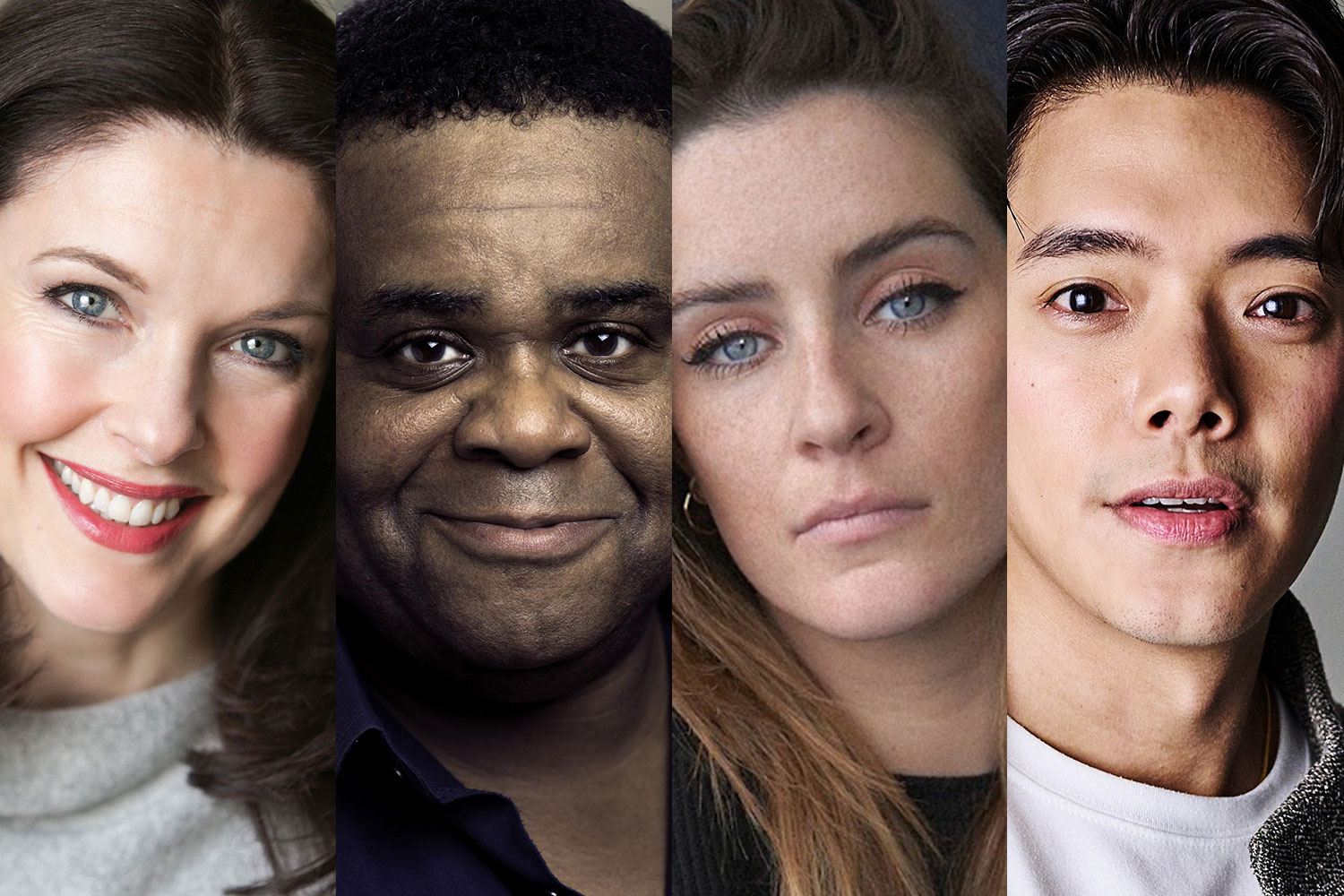Can art be great if it's beyond most people?
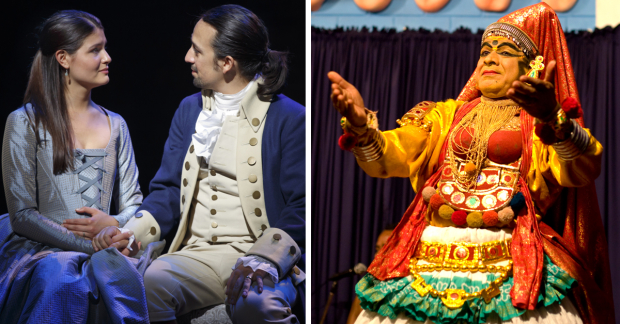
I came out to India with an issue: how to reconcile my own personal taste as a critic with writing for a wider audience. Put another way, I might like my theatre avant garde, but I also believe in accessibility. On the surface, those two things seem incompatible. They almost cancel each other out.
I don't think I'm alone in that. We are living through a moment of cultural divide. Last week, the Lyric Hammersmith's artistic director Sean Holmes claimed that 'populism' is "a dirty word these days." In other circles, the same would be said about elitism.
Critics straddle the divide: Dreamgirls one night, Forced Entertainment the next. How do you begin to compare the two? Is it really possible to like both or do you have to put aside personal taste and watch through others' eyes?
How can art be great if it's beyond most people?
It is a paradox contained in the Arts Council's mantra: 'Great art and culture for everyone'. The two halves don't mix. In short: Ulysses is not for everyone and nor is The Da Vinci Code great art. Great art often needs a trained eye; an audience that appreciates its intricacies and complexities, versed in its vocabulary. But art is about human expression. It is a form of communication. How can it be great if it's beyond most people?
Despite vowing off performance for the duration of this trip – four theatre-free weeks, hurrah – I have wound up in two audiences. And what do you know, they cut to the quick on all this.
In Kochi, on the coast of Kerala in the southwest, I caught a kathakali show. It's an old form of narrative dance theatre – 'kathakali' means story play – dating back to the late 16th century. At the peak of its popularity, kathakali shows attracted crowds of 4,000. Today, however, it is an art form on its death bed.
Two men apply make-up pre-show. One cakes his face frog green, applying angles of angry yellow to emphasise his expressions. He adds a black brow and reddens his lips. The other applies a warm peach colour with extended eyeliner and drawn-on ringlets. They pull on elaborate costumes: grand hooped skirts and jewelled headdresses. As in commedia dell'arte, these are stock characters: the heroic young man (green) and the beautiful young woman (orange). Different colours mean different things.
What follows is bizarre. Kathakali is not just highly stylised, it's codified. Nine emotions (bhava) are played through set facial expressions. Eyes roll, eyebrows tremor and cheeks twitch in various combinations. Valour is played with wide open eyes, anger with a squint. Characters 'speak' through a complex language of hand gestures (mudras). Percussionists provide a score and sing in Sanskrit – an ancient language little spoken today. Performances used to last all night, reliving large chunks of old religious epics – the Mahabharata and the Ramayana.
Some art offers something for absolutely everyone, but nobody would call it great art
Today, you can still find kathakali obsessives, real connoisseurs for whom every gesture and facial tic means something. They're known as rasikas or sahrdayas, but there aren't many of them around. It's out of the reach of most locals' nowadays, Kathakali mostly exists in displays for baffled tourists (like me) – nothing but cultural exotica; not artistic expression, but demonstration. Without a literate audience, it risks becoming an art that's no longer fit for purpose; fossilised and so dead.
Back in Jaipur, I had the opposite experience. The Rajasthan city, painted pink in 1876 to welcome the Prince of Wales, is home to one of the great Bollywood cinemas – the Raj Mandir. From the outside, it looks like a giant slab of ice cream cake. Inside, it's a Wes Anderson wet dream; all creamy pinks and blues. Electric chandeliers hang overhead in its art deco foyer and a sweeping wooden staircase glides round the room.
On the night I'm there, it's screening the new Subhash Kapoor film – The State vs Jolly LLB 2. Kapoor, Bollywood's highest paid star, plays a corrupt, clownish lawyer who discovers his conscience. As films go, it's not all-singing, all-dancing Bollywood, but it is a complete mish-mash of genres: courtroom drama, comic caper, family drama, crime thriller, romantic tragedy and clown with a couple of song and dance numbers thrown in for good measure. The audience loved it.
Writing about theatre can't make accessible or populist theatre great
The point is that this was the opposite of codified Kathakali. The Jolly LLB franchise throws genre, consistency and coherence to the wind in the name of entertainment. It offers something for absolutely everyone. Nobody, but nobody, would call it great art.
There must be a middle ground. My India trip has held one other performance: the Hamilton soundtrack. Lin-Manuel Miranda's mega-hit has accompanied my every long bus ride or train journey.
It grows with every listen. The more I tune in, the more I appreciate its complexity – the way the story is structured around its duels, the different rap styles of different characters, the surge of battle music, the motifs and the echoes – shots and stories, rises and falls. At one point, Hamilton sings over Washington's theme. His voice matures as he does, then finds an echo in his son's songs. Jefferson returns having missed the revolution with a song ("What'd I Miss") that sounds 20 years behind the rest. There is much, much more besides.
Here's the thing: Hamilton takes a contemporary, populist and, yes, thoroughly accessible vernacular – rap and hip hop – and not only applies it to something complex, it does so with complexity and rigour. It is truly great art for everyone.
Where do critics fit into this? After sitting under so many banyan trees, I've reached a realisation. Writing about theatre can't make accessible or populist theatre great. It can help to make great theatre accessible. Populism and elitism might be dirty words. Criticism is not.



